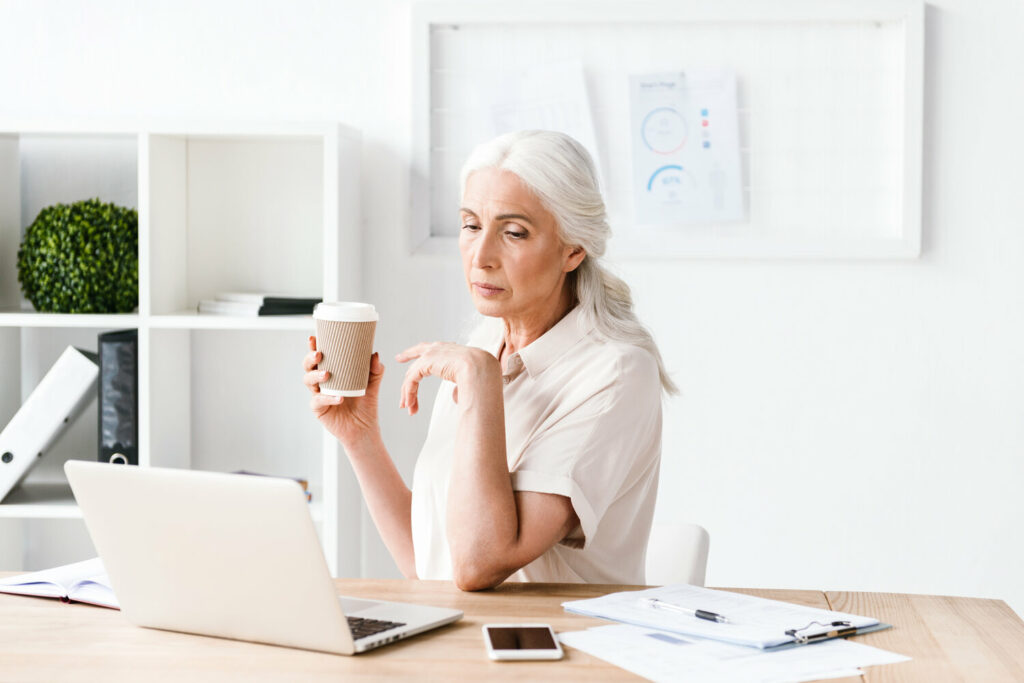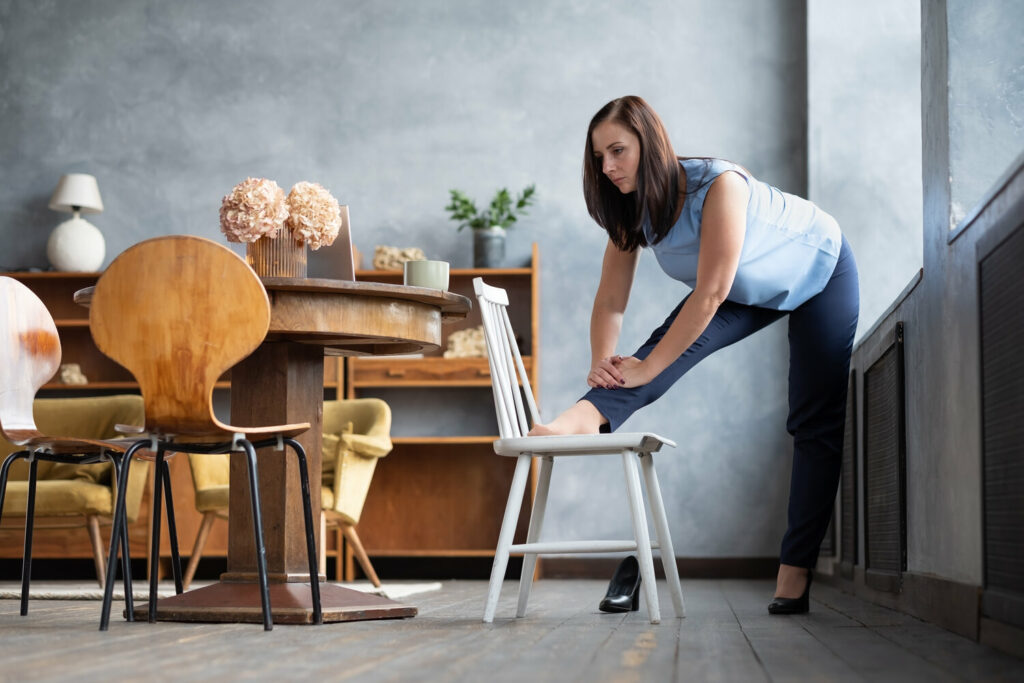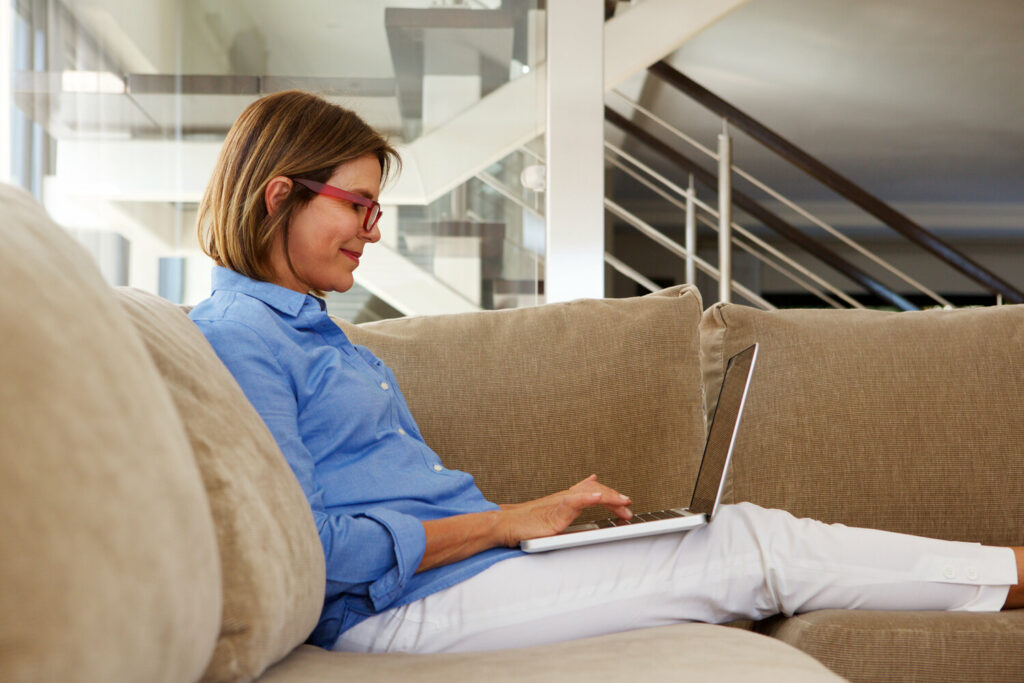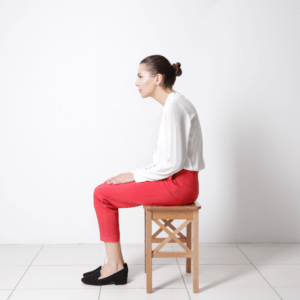I have been a physio for a few years now. 27 years to be exact. And over this time there have been different trends of how the workstation should be set up. In particular what you are sitting on.
During my years as a physio, we have been through the normal office chair, kneeling chairs, dynamic stools and chairs, the swiss ball, air cushions, lumbar rolls, thoracic straps, tilted chairs and more currently the sit/stand desk. You can spend over a thousand pounds for a chair and often need a degree to set it up properly. But no matter what people are sitting on, or standing at, they still seem to develop neck or lower back discomfort. Posture has become engrained in people’s thoughts when talking about back, shoulder or neck pain while sitting for prolonged periods.
But there are a ton of studies that compare the postures of pain free people with those with back, shoulder or neck pain and find no real differences.
This is really important.
HOW can we blame something that we see in people WITHOUT pain as a cause of pain for those that do?

How Do Healthy People Sit?
Another question is how do people without back pain behave? You would expect them to have great posture, right?
Well actually NO.
It is important to remember we have no scientifically defined ‘good posture’ to base deviations from in the first place.
This paper HERE looks at 50 people without back pain. After 10 minutes of sitting slouching increases considerably. But this slouching does not seem to cause spinal pain.

What About Age?
Despite what people think age is not necessarily a primary reason for back pain. Yes, as we get older our posture does change but this does not mean that this will cause increased back pain.
This paper HERE looks at 120 individuals and shows a deteriorating ‘posture’, but all subjects were pain free.
So simply put, as we get older our posture becomes ‘worse’, or perhaps better put, our posture increases. BUT and this is a big BUT, this does not seem to cause more pain.

Can Posture Become A Problem?
Yes. Definitely.
But it is more the length of time that you sit in that posture, rather than the posture itself.
Even what we might consider a good posture could be a problem if it does not have any movement! Take your amazing posture and sit in front of the computer for 8 hours and it may start to let you know about it. The key is the lack of moving not the posture you had to start with.

So Should We Attempt To Change Posture?
Again, it is an astounding yes.
Movement is the most important element in helping painful body parts become less painful.
So, you would be totally justified giving a body part that has a lack of options (stuck) some more options (varied movement).
In fact, rehab programs designed to change posture can help people out of pain without changing their posture as we see HERE .
At Chiswick-Physio we recommend the 20/20/20 rule.
Every 20 minutes get up for 20 seconds and look at something 20 feet away from you.

Key Take Homes
To sum up it does not seem as simple as ‘bad’ posture equals pain whatever you read or are told in a bar, gym or clinic room.
- People IN pain DON’T have different postures to those that don’t have pain.
- As we get older our posture changes, and this happens to people NOT in pain too.
- Even what we might consider a really GOOD posture could be a problem if it does not have any movement!
- Move. OFTEN. Even if that just involves walking around your chair. But more is better.
If you would like to discuss any of the above and/or any other issues that you have, then please take us up on our free 15 minute face-to-face or online consultation where you can discuss these issues with one of our specialist physiotherapists.





